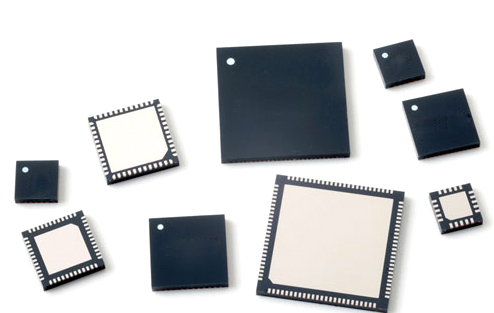SMT patch refers to the abbreviation of a series of technological processes that are processed on the basis of PCB. PCB (Printed Circuit Board) means printed circuit board. (Original: SMT patch refers to the abbreviation PCB (PrintedCircuitBoard) of a series of process processes that are processed on the basis of PCB)
SMT patch refers to the abbreviation of a series of technological processes that are processed on the basis of PCB. PCB (Printed Circuit Board) means printed circuit board. (Original: SMT patch refers to the abbreviation PCB (PrintedCircuitBoard) of a series of process processes that are processed on the basis of PCB)
SMT is the surface mount technology (Surface Mounted Technology) (abbreviation of Surface Mounted Technology), which is currently the most popular technology and process in the electronics assembly industry. Electronic circuit surface mount technology (Surface Mount Technology, SMT) is called surface mount or surface mount technology. It is a kind of surface assembly components without leads or short leads (SMC/SMD for short, chip components in Chinese) mounted on the surface of a printed circuit board (Printed Circuit Board, PCB) or the surface of other substrates. Circuit assembly technology in which reflow soldering or dip soldering is used for soldering and assembly.

Under normal circumstances, the electronic products we use are designed by PCB plus various capacitors, resistors and other electronic components according to the designed circuit diagram, so all kinds of electrical appliances need a variety of smt chip processing techniques to process.
SMT basic process components: solder paste printing --> parts placement --> reflow soldering -->AOI optical inspection --> maintenance --> sub-board.
Due to the complexity of the process flow of smt patch processing, a lot of smt patch processing factories have appeared, and the quality of SMT patch is continuously improved. In the process of SMT patch, every link is very important. Any mistakes, today I will learn with you the introduction and key process of the reflow soldering machine in SMT chip processing.
Reflow soldering equipment is the key equipment of the SMT assembly process. The quality of solder joints for PCBA soldering depends entirely on the performance of the reflow soldering equipment and the setting of the temperature curve.
Reflow soldering technology has undergone different forms of development processes such as plate radiant heating, quartz infrared tube heating, infrared hot air heating, forced hot air heating, forced hot air heating and nitrogen protection.
The increased requirements for the cooling process of reflow soldering also promote the development of the cooling zone of reflow soldering equipment. The cooling zone is cooled from room temperature and air-cooled to a water-cooled system designed to adapt to lead-free soldering.
PCB reflow soldering equipment has increased requirements for temperature control accuracy, temperature uniformity, and transmission speed due to the production process. From the three-temperature zone, different welding systems such as five-temperature zone, six-temperature zone, seven-temperature zone, eight-temperature zone, ten-temperature zone, and twelve-temperature zone have been developed.
Key parameters of PCB reflow soldering equipment
1. The number, length and width of the temperature zone;
2. The symmetry of the upper and lower heaters;
3. The uniformity of temperature distribution in the temperature zone;
4. Independence of transmission speed control in temperature zone;
5. Protective welding function of inert gas;
6. Gradient control of temperature drop in cooling zone;
7. The maximum temperature of the reflow soldering heater;
8. Temperature control accuracy of reflow soldering heater;